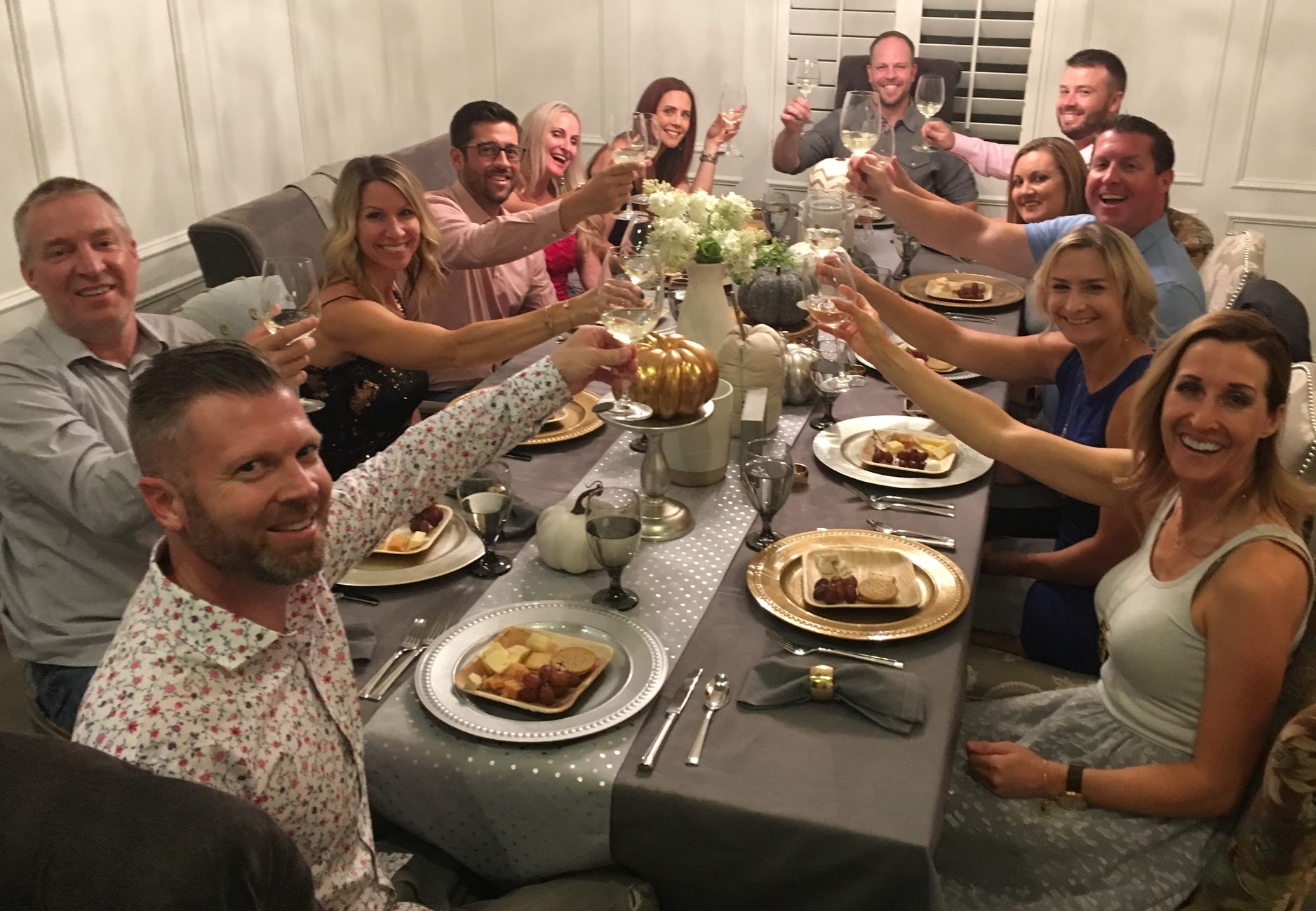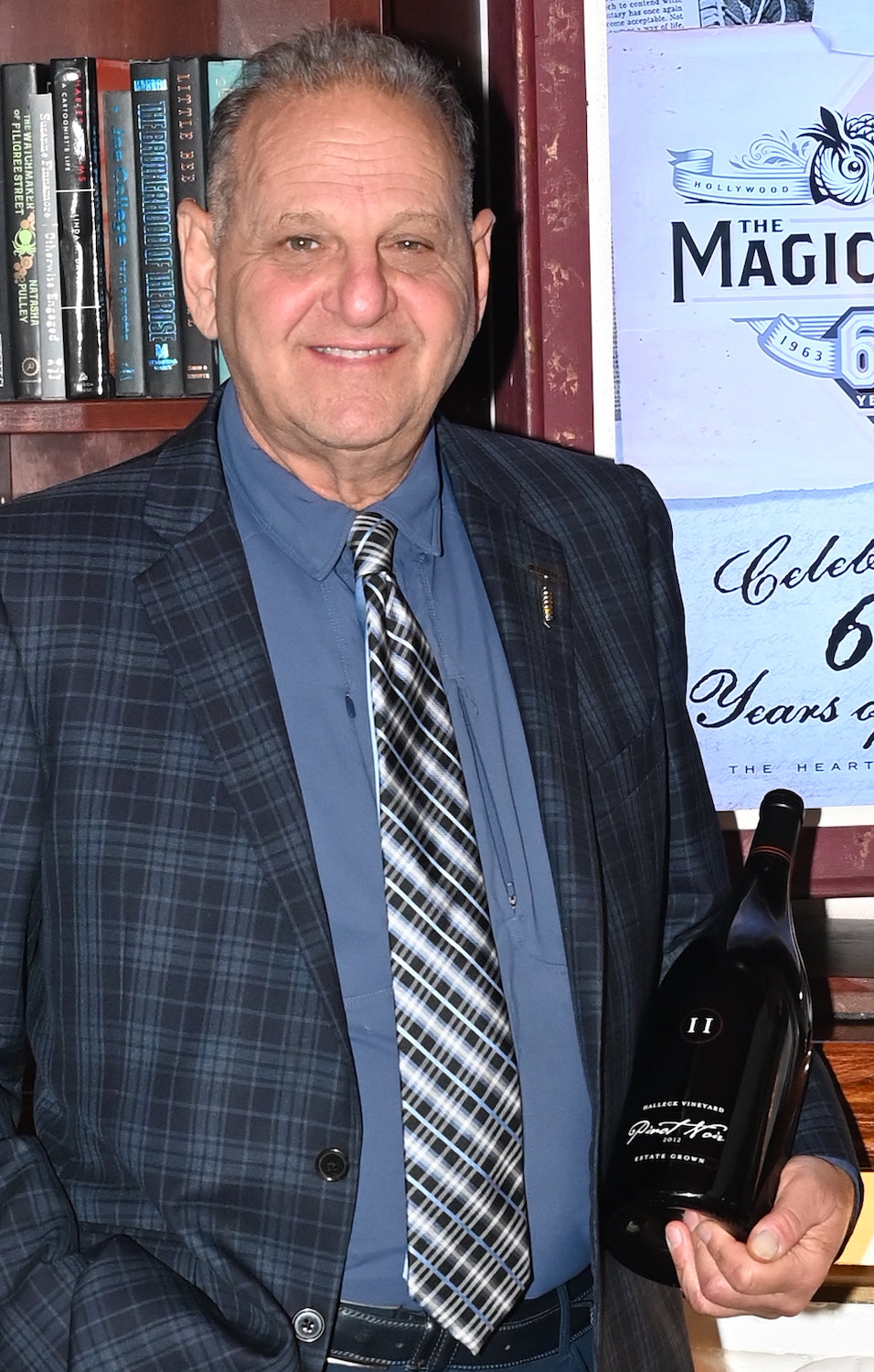Discovering the Unique Wineries in Sonoma County
Wine tasting is an art that requires more than just a eager sense of taste. Engaging with totally different varieties and styles presents an opportunity to appreciate the subtleties of flavor, aroma, and texture. A comprehensive guide to winery wine tasting techniques will equip enthusiasts with the necessary skills and information to reinforce the tasting experience.
Understanding the fundamentals of wine tasting begins with familiarity with the key parts. The major components contributing to flavor are sweetness, acidity, tannin, and alcohol - Walk-In Wine Tastings: Where to Go in Sonoma. Every wine has its distinctive balance, influenced by the grape selection, region, and vinification process. Recognizing these components allows a taster to understand the complexity in each sip.

Visible examination is the first step within the tasting process. Swirling the wine in a glass oxygenates it, bringing out the aromas which are crucial to understanding the wine's essence. Observing colours ranging from deep purple to pale straw offers perception into the wine's age and variety. The clarity and brilliance of the wine additionally offer clues about its quality.
Subsequent, the olfactory experience takes priority. The nose is usually thought-about essentially the most crucial part of tasting. Constructing an consciousness of frequent aromas can be beneficial. Fruits, flowers, spices, and earthy notes are sometimes current. Taking time to inhale deeply before tasting permits for a more profound appreciation of a wine's bouquet.
Your Ultimate Guide to Sebastopol's Vineyards and Wineries 95405
When it comes to tasting, the strategy should be deliberate and considerate. Small sips are advisable, allowing the wine to linger within the mouth. This technique permits the taster to discern the complicated layers of flavors. Noting the preliminary taste, the mid-palate, and the end contributes to a whole understanding of the wine’s profile.
Another essential aspect of wine tasting is the understanding of stability and construction. A well-balanced wine presents harmonious flavors where no single component overwhelms the others. Analyzing how acidity interacts with sweetness and tannins will help in assessing the general composition of the wine.
Wines can vary considerably from one vintage to another as a outcome of environmental elements, which makes understanding the idea of terroir essential. Terroir refers again to the geographical and climatic conditions, in addition to the winemaking practices that have an effect on the ultimate product. This relationship between the land and the wine can affect its flavor spectrum dramatically.
Winery Experiences in Sebastopol for Couples
Pairing wine with food can improve the tasting experience significantly. Certain wines complement specific dishes, which might elevate each the food and the wine. Understanding flavor profiles will allow enthusiasts to create thrilling pairings. For example, a rich pink wine may pair fantastically with a hearty meat dish, whereas a crisp white might enhance the taste of seafood. Top 10 Wineries in Sonoma County.
Collaborating in guided tastings also can provide valuable insights. Many wineries offer professional-led tastings, where skilled sommeliers share their experience. Engaging with knowledgeable hosts permits for a deeper understanding of the wines and presents the possibility to ask questions and change views.
Documentation throughout tastings can serve as an invaluable tool. Keeping notes on the wines sampled, along with personal impressions, enhances the tasting journey. This report helps in recalling what one loved or did not get pleasure from, creating a private roadmap for future wine exploration. Tasting sheets are often used as a structured way to seize this data.
Attending wine-focused events, similar to festivals or expos, creates a chance to explore a vast vary of wines and meet fellow enthusiasts. Networking with trade professionals and passionate hobbyists can result in sharing insights and expanding one’s palate. The festive atmosphere enhances the communal side of wine appreciation.
Toast Artisan Wines at Sonoma County Vineyards
As one becomes more experienced in wine tasting, it becomes essential to develop personal preferences. Exploring wines from numerous areas, grape varieties, and styles can result in stunning discoveries. It’s necessary to stay open-minded and willing to try new options, even when they fall exterior of earlier preferences.
In The End, the enjoyment of wine tasting lies in its capacity to stimulate the senses and provoke thought. Every tasting presents a private journey via style and experience that is as distinctive because the people taking part in it. Embracing the excellent guide to winery wine tasting techniques paves the means in which for a richer appreciation of what wine has to supply.
In conclusion, wine tasting is rather more than an train in discerning flavors. It is an immersive experience that connects people to the land, the winemakers, and the tales behind each bottle. By training the techniques outlined in this guide, anyone can domesticate a newfound appreciation for wine, remodeling every sip into an exploration of taste, aroma, and personal preference.

- Start by observing the wine’s appearance; tilt the glass to assess clarity, shade depth, and viscosity as these elements can point out the wine's age and body.
- Swirl the wine gently in the glass to release its aromatic compounds, enhancing the olfactory experience.
- Take a second to inhale the aromas earlier than tasting; note the complexity and the primary scent categories corresponding to fruity, earthy, floral, or spicy.
- When tasting, enable a small quantity of wine to cover your palate, ensuring to pay consideration to the initial style, mid-palate flavors, and end to gauge its structure.
- Pay attention to the tannins current; they'll affect the feel and mouthfeel, giving insights into the wine's growing older potential.
- Consider the acidity level, which might provide freshness to the wine, balancing sweetness and enhancing food pairings.
- Use a scorecard or journal to jot down observations about each wine, together with flavors, aromas, and personal impressions to compare later.
- Experiment with food pairings throughout tastings, as this will significantly improve or change the notion of the wine’s flavor profile.
- Interact in discussions with fellow tasters to share perspectives, which might broaden the appreciation and understanding of different wines.
- Remember to hydrate and devour palate cleansers like bread or water between tastings to ensure an accurate experience of every wine.undefinedWhat are the essential steps involved in wine tasting?
Scenic Routes in Sebastopol for Your Upcoming Adventure 95409
The fundamental steps of wine tasting include observing the wine's shade and clarity, swirling it to release its aromas, sniffing to identify different Learn More Here scents, sipping to assess flavors, and finally, evaluating the finish. This course of permits taster's to understand the wine's general complexity and quality.

How do I correctly scent wine?
A Comprehensive Guide to Vineyard Experiences in Sebastopol.
To properly scent wine, observe these steps: first, hold the glass at the base, swirl it gently to aerate, then deliver it to your nostril. Take a number of quick sniffs to seize the initial fragrances, adopted by a deeper inhale to discover the more complex aromas. Focus on figuring out specific scents like fruits, spices, and other descriptors.
Explore the Top Wineries in Sonoma County to find Exceptional Wine Tasting Experiences 95468
What ought to I search for when tasting wine?
When tasting wine, search for several key components: look (color and clarity), aroma (fruits, herbs, and spices), flavor (sweetness, acidity, tannins), and texture (body and mouthfeel). Moreover, think about the wine's finish, which is the lingering taste after swallowing. All these parts contribute to the wine's overall profile.
How do I know if a wine is good quality?
Good high quality wine typically has steadiness amongst its elements, meaning that acidity, tannins, sweetness, and alcohol work harmoniously together. Look for complexity in flavors and aromas and a protracted, nice end. Quality wines also usually exhibit distinct traits reflecting their varietal and area.
Must-Visit Tasting Rooms in California
Is it essential to make use of particular glassware for wine tasting?
Sure, utilizing specific glassware enhances the wine tasting experience. Appropriate glasses can influence the aroma and flavor perception. For example, a Bordeaux glass is designed to reinforce full-bodied purple wines by permitting oxygen to work together with them, whereas a narrower flute is good for glowing wines to protect carbonation.
Your Ultimate Guide to Vineyard Experiences in Russian River Valley

How can I enhance my wine tasting skills?
To improve your wine tasting skills, practice regularly, attend tastings to study from consultants, and keep a tasting journal to notice your observations. Experiment with different varietals and styles, and Wine tasting and vineyard views have interaction with wine communities or golf equipment for shared experiences and knowledge.
No Reservation Wineries in California for a Relaxed Experience 95461
What are some widespread wine tasting mistakes to avoid?
Frequent wine tasting mistakes include not correctly cleaning your palate between wines, serving wines at incorrect temperatures, and overlooking the importance of the glass form. Additionally, being overly influenced by others' opinions can cloud your individual tasting experience; all the time trust your personal palate.
Ought To I pair food with wine during tastings?
Pairing food with wine can enrich the tasting experience by highlighting specific flavors and aromas in both the wine and the food. It's advisable to taste wines each with and without food to know how they interact. Experiment with totally different pairings to discover your preferences.
Favorite Wineries Near Sebastopol You Must Visit
What ought to I do if I don’t like a wine?
If you do not like a wine, it's perfectly okay to specific your opinion. Wine tasting is subjective, and private preference varies greatly. As A Substitute of forcing yourself to enjoy it, contemplate analyzing what elements you dislike—this can help refine your palate and guide future selections.
Can I taste wines at a winery with out making a reservation?
While some wineries provide walk-in tastings, many require reservations, particularly on weekends or throughout peak seasons. It’s best to verify ahead with the winery for his or her insurance policies on tastings to ensure a easy experience. Reservations also permit you to have a more personalized and educational go to.